-
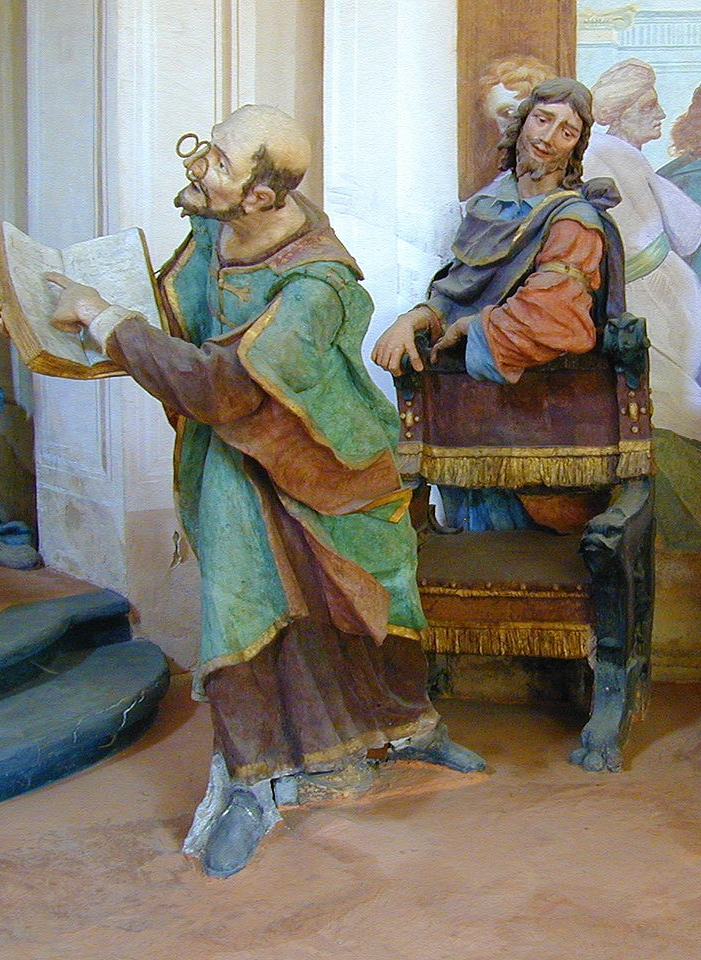
The Sacred Mount of Ossuccio -
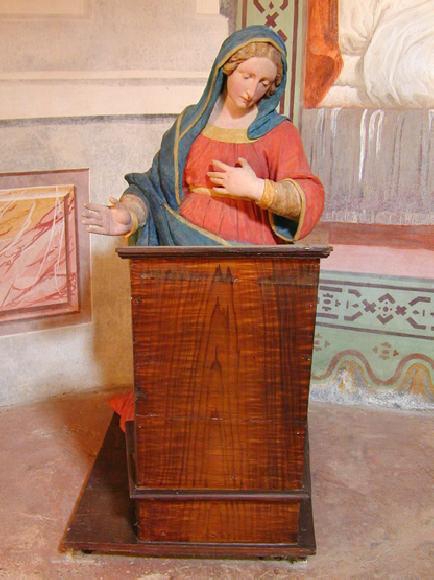
The Sacred Mount of Ossuccio -
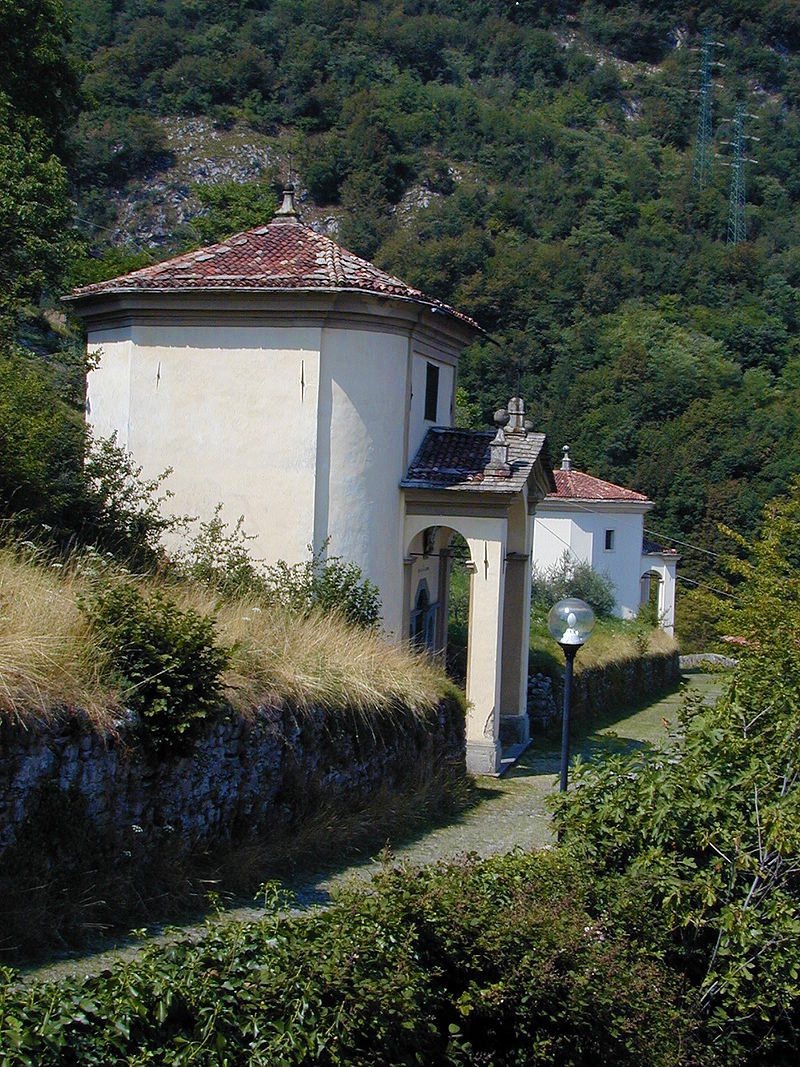
The Sacred Mount of Ossuccio -
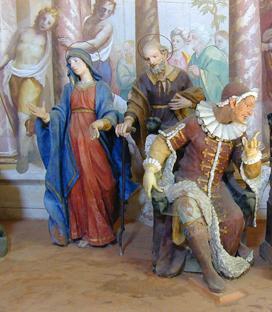
The Sacred Mount of Ossuccio -
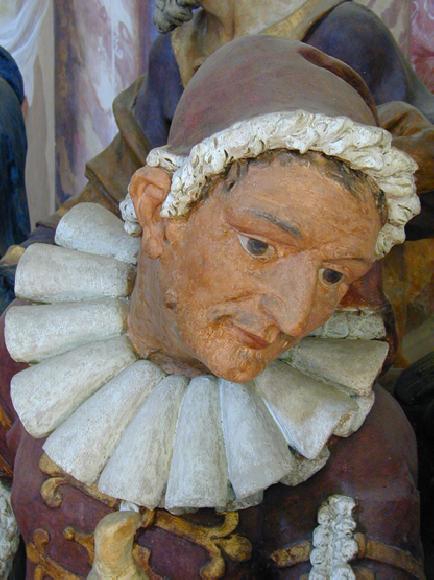
The Sacred Mount of Ossuccio -
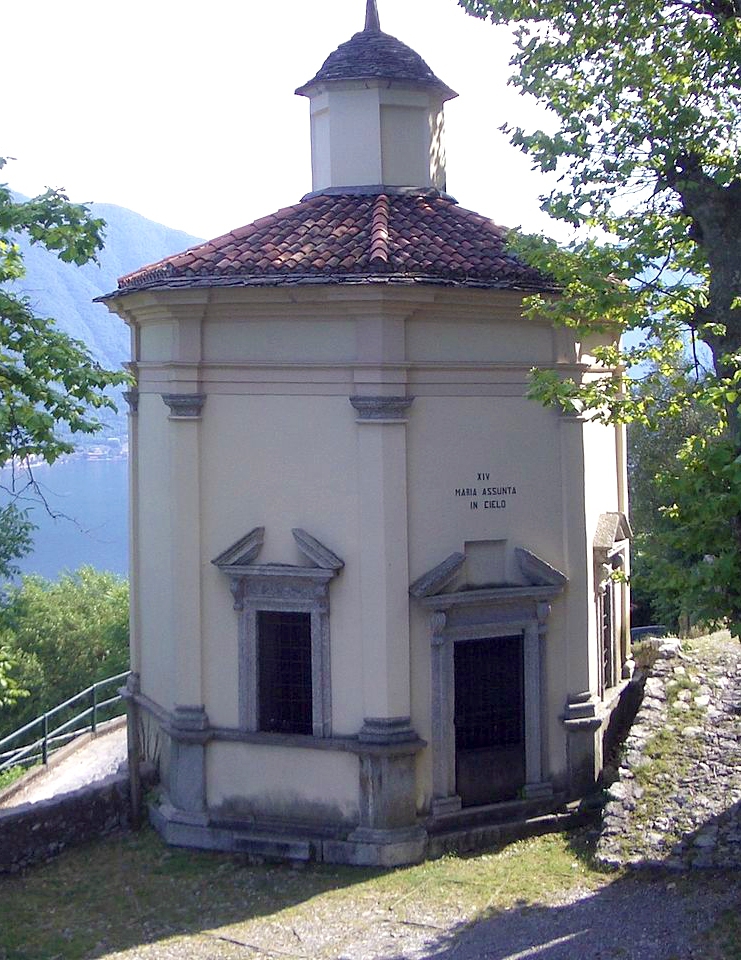
The Sacred Mount of Ossuccio -
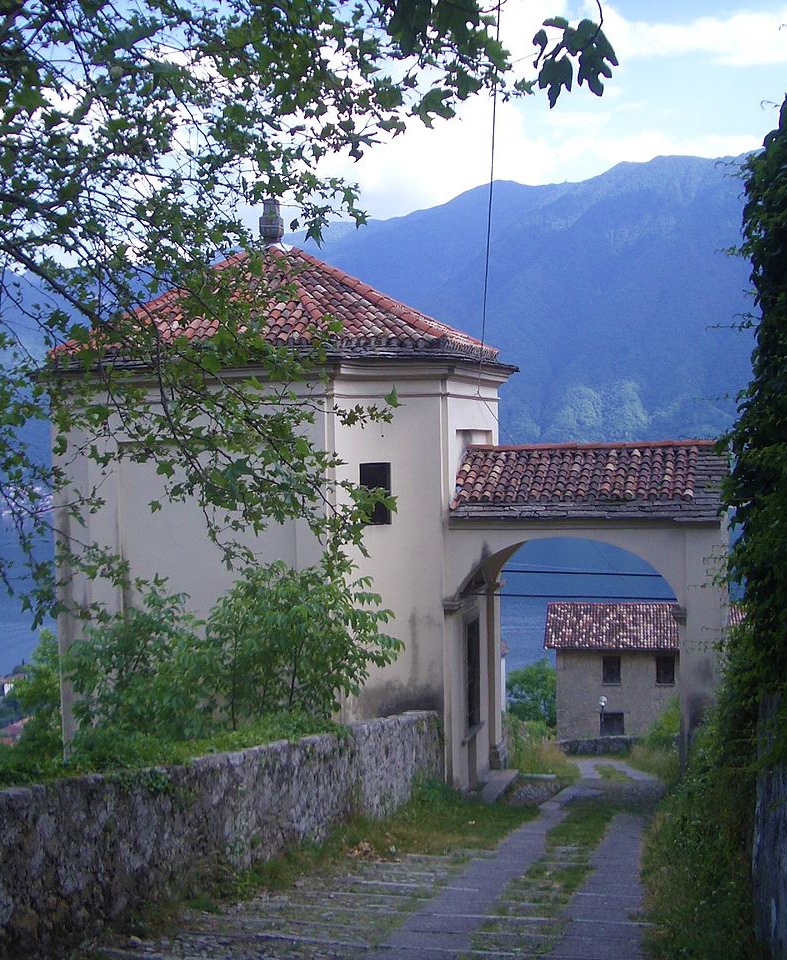
The Sacred Mount of Ossuccio -
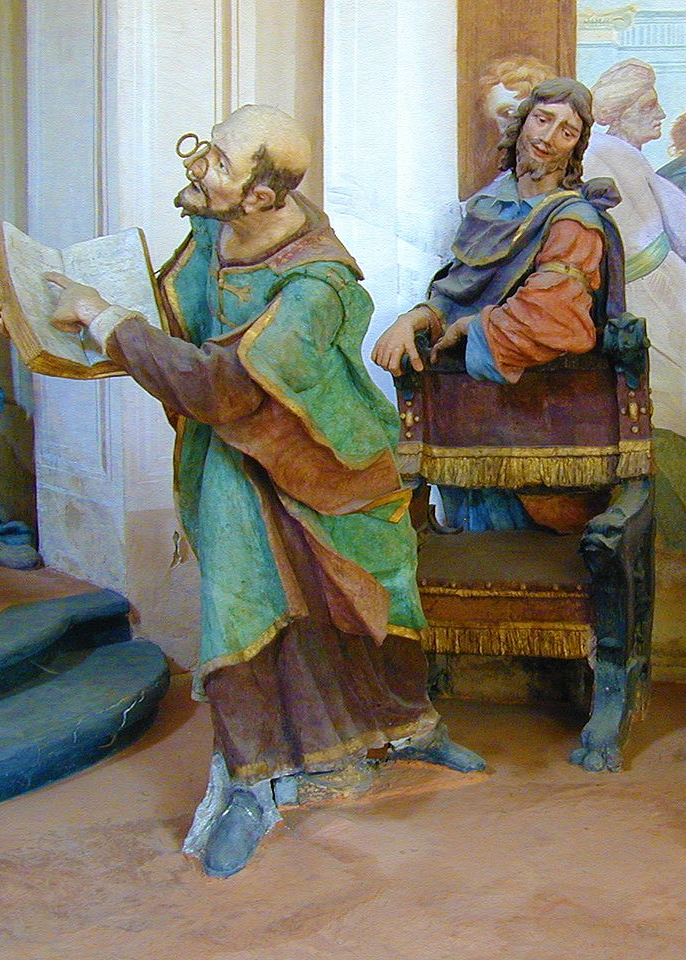
The Sacred Mount of Ossuccio
The Sacred Mount of Ossuccio Ossuccio Like
The Sacred Mount of Ossuccio: Description
The fourteen chapels, constructed between 1635 and 1710 in the typical Baroque style reflecting the Counter Reformation ethos of the sacre monte movement, are joined by a path which leads up to a pre-existing sanctuary of 1532 placed on the summit and dedicated to La Beata Vergine del Soccorso.
Situated on the western shore of the Como Lake, the Sacred Mount of Ossuccio has notable scenic value. The devotional complex sits on a slope immediately behind the town of Ossuccio (419m. a.s.l.), opposite Comacina Island, in a splendid panoramic position on the lake
The construction work of this Sacred Mount began in 1635 at the 16th century sanctuary of the Madonna del Soccorso. The founders or promoters are not known, but the devotional complex seems to have been started on the initiative of the Franciscans and the local noble families.
The Sacred Mount consists of fifteen chapels, dedicated to the Mysteries of the Rosary, built between 1635 and 1710. The chapels are distributed along a climbing path that leads to the sanctuary of the Madonna del Soccorso, in which the last aedicula is located. The set of chapels, surrounded by vegetation and connected by a paved road that passes through olive orchards, gives the complex great harmony between architecture and the surrounding landscape.
The construction forms vary, and include rectangular baroques chapels and central-layout chapels. One architectural particularity are the porticos, which, on thin columns, extend along the road for its entire length and create a close tie between the itinerary and the single aediculae. The Sacred Mount is populated by two hundred and thirty statues in stucco and terracotta. We know from documents the paternity of the stucco sculptures who was Agostino Silva; the frescoes were painted by Carlo Gaffuri, Innocenzo Torriani and Gian Paolo Recchi.
More to Explore.
Lake Como's rich history of church building goes back many centuries. Their storied past includes miracles, political intrigue and competition for parishioner loyalty.